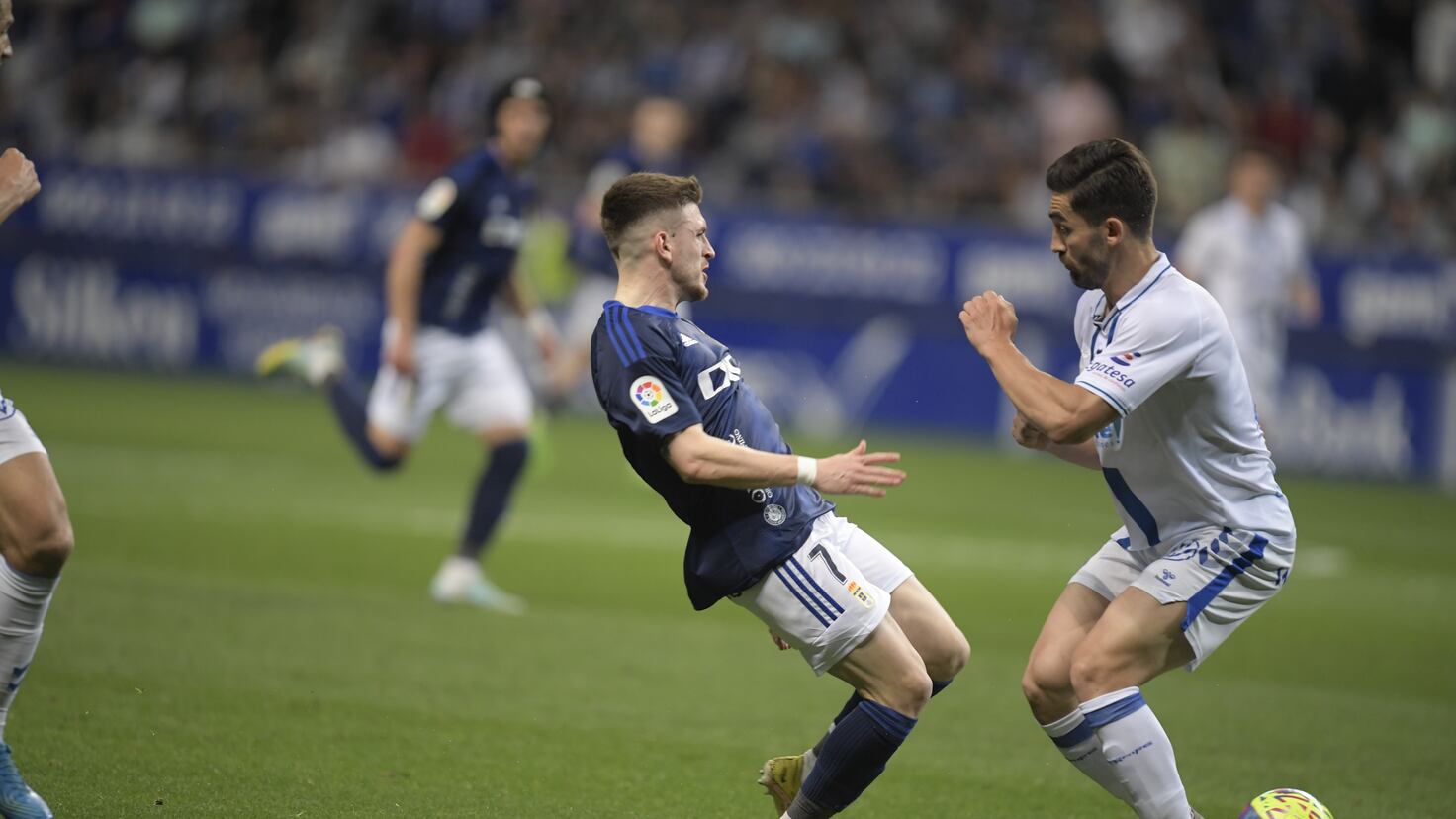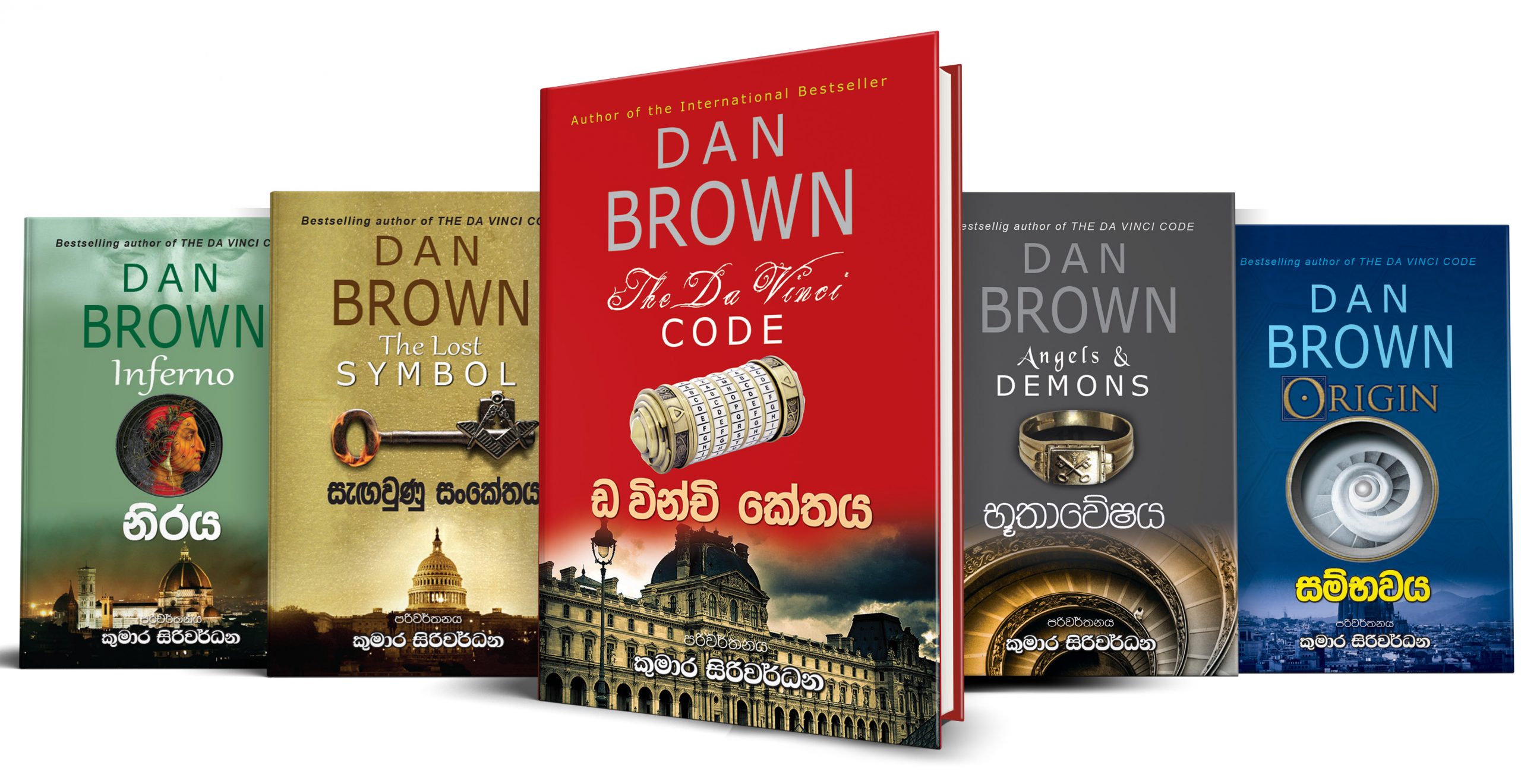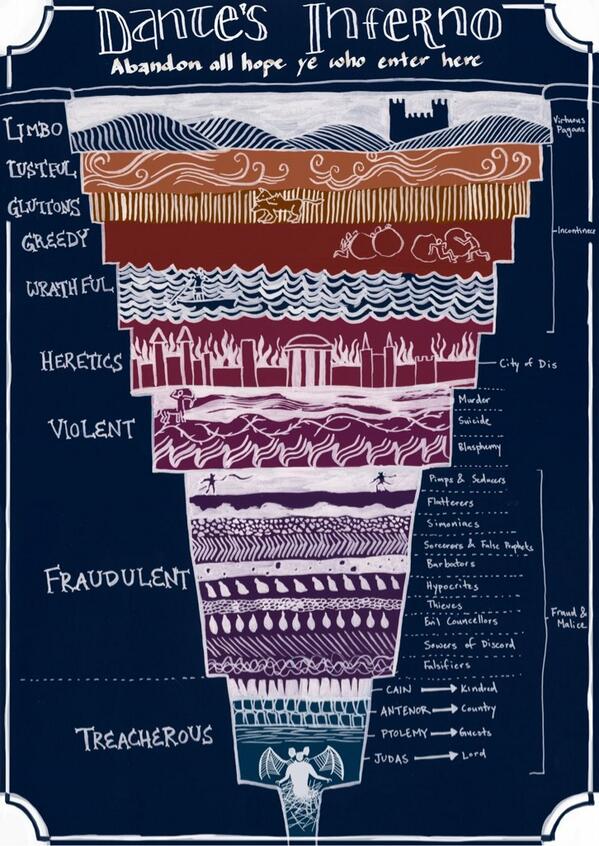Winterwatch Photography: Capturing Stunning Images Of Winter Birds

Table of Contents
Essential Gear for Winter Bird Photography
The right gear is crucial for successful winterwatch photography. Cold temperatures and challenging lighting conditions demand equipment that's both robust and capable.
Choosing the Right Camera
For winter bird photography, you need a camera that performs well in low light and can capture fast-moving subjects. A DSLR or mirrorless camera with a fast continuous shooting mode is essential.
- Megapixels: Aim for at least 20 megapixels for excellent image quality and cropping flexibility.
- Autofocus: A reliable and fast autofocus system, ideally with eye-detection AF, is vital for capturing sharp images of birds in flight.
- Suitable Models: Consider cameras like the Canon EOS R5, Nikon Z9, or Sony a9 III, known for their exceptional low-light performance and high frame rates.
- Weather Sealing: Protecting your camera from the elements is paramount. Look for weather-sealed bodies to withstand snow, rain, and freezing temperatures.
Selecting the Perfect Lens
Telephoto lenses are indispensable for winter bird photography. A long focal length allows you to get close to your subjects without disturbing them, while a wide maximum aperture ensures optimal low-light performance.
- Focal Length: Lenses in the range of 100-400mm, 500mm, or even 600mm are ideal, depending on your shooting distance and the size of the birds you're photographing.
- Aperture: A fast aperture (e.g., f/2.8, f/4) allows for faster shutter speeds and improved low-light performance.
- Image Stabilization: Image stabilization (IS) or Vibration Reduction (VR) is a must-have feature to minimize camera shake, especially in low light.
- Suitable Lenses: Popular choices include the Canon EF 100-400mm f/4.5-5.6L IS II USM, Nikon NIKKOR Z 100-400mm f/4.5-5.6 VR S, and Tamron 150-500mm f/5-6.7 Di III VC VXD.
Essential Accessories
Several accessories can significantly enhance your winterwatch photography experience:
- Tripod: A sturdy tripod is crucial for stability, especially when using long telephoto lenses. Consider a carbon fiber tripod for lightness and stability in cold weather.
- Monopod: A monopod offers a good balance between stability and portability, useful when you need to move quickly.
- Beanbag: A beanbag provides a versatile support for resting your lens on uneven surfaces.
- Remote Shutter Release: A remote shutter release helps prevent camera shake when shooting long exposures or using slower shutter speeds.
- Extra Batteries: Cold temperatures drain batteries quickly. Carry several fully charged batteries to ensure you don't miss any photographic opportunities. Consider investing in cold-weather batteries.
Mastering Winter Photography Settings
Understanding and adjusting your camera settings is key to capturing stunning winter bird images.
Understanding ISO, Aperture, and Shutter Speed
These three settings work together to determine the exposure of your photograph. In low-light winter conditions, you'll need to carefully balance them.
- ISO: Increase ISO to improve low-light performance, but be mindful of noise (grain) at higher ISO settings.
- Aperture: Use a wide aperture (low f-number) to let in more light. However, a wider aperture also reduces the depth of field, so you need accurate focus.
- Shutter Speed: Use a fast enough shutter speed to freeze the motion of the birds, typically at least 1/1000th of a second for birds in flight.
- RAW Format: Always shoot in RAW format to retain maximum image quality and flexibility for post-processing.
Focusing Techniques for Winter Birds
Accurate focus is crucial for sharp images of winter birds.
- Autofocus Modes: Utilize continuous autofocus (AI Servo or Continuous AF) for tracking moving birds.
- Back-Button Focusing: Assigning focus to a dedicated button on the back of your camera allows for more precise control.
- Autofocus Points: Use single-point or zone autofocus to select the specific area you want to focus on.
- Tracking: Use your camera’s subject tracking features to keep the bird in focus as it moves.
White Balance and Exposure Compensation
Accurate white balance and exposure are crucial for achieving realistic colors and well-exposed images in challenging winter light conditions.
- White Balance: Use the appropriate white balance setting (e.g., Shade, Cloudy) to compensate for the cool tones of winter light.
- Exposure Compensation: Use exposure compensation to adjust the exposure if your camera's meter is not accurately reflecting the scene’s brightness. This is particularly important with snow which can trick the meter.
- Spot Metering: Employ spot metering to accurately measure the light on your subject and achieve a precise exposure.
Composition and Creative Techniques for Stunning Winter Bird Photos
Mastering composition techniques will elevate your winter bird photography.
Background and Subject Placement
A clean background draws attention to your subject.
- Rule of Thirds: Position your bird off-center, following the rule of thirds, for a more visually appealing image.
- Leading Lines: Use natural lines in the landscape to guide the viewer's eye to the bird.
- Negative Space: Utilize negative space effectively to emphasize the bird and create a sense of tranquility.
Capturing Behavior and Emotion
Capturing interesting behaviors adds depth to your images.
- Feeding: Photograph birds feeding, showcasing their unique techniques.
- Preening: Capture the intricate details of a bird preening its feathers.
- Interactions: Document interactions between birds, creating engaging narratives.
- Patience: Be patient and observant; the most captivating moments often occur unexpectedly.
Using Natural Light Effectively
Winter light offers unique photographic opportunities.
- Golden Hour: The golden hour (sunrise and sunset) provides warm, soft light ideal for creating evocative images.
- Blue Hour: The blue hour (just before sunrise and after sunset) offers a cool, serene ambiance.
- Backlighting: Utilize backlighting to create silhouettes or highlight the bird's feathers.
- Sidelighting: Sidelighting adds texture and depth to your images.
Conclusion
This guide has equipped you with the tools and techniques to master winterwatch photography. By understanding your equipment, mastering camera settings, and employing effective composition strategies, you can capture breathtaking images of winter birds. Remember, patience and observation are key to success. The most rewarding photos often require time and a keen eye.
Call to Action: Start planning your next winterwatch photography adventure! With the right preparation and this knowledge, you'll be well on your way to capturing breathtaking winter bird images. Sharpen your skills and embark on your journey to become a master of winterwatch photography today!

Featured Posts
-
 Vlasti Eao Finansovaya Pomosch Veteranam K 80 Letiyu Pobedy
May 13, 2025
Vlasti Eao Finansovaya Pomosch Veteranam K 80 Letiyu Pobedy
May 13, 2025 -
 Cronica Atalanta Venezia Partido Sin Goles
May 13, 2025
Cronica Atalanta Venezia Partido Sin Goles
May 13, 2025 -
 Exploring Dan Browns The Da Vinci Code Symbols History And Controversy
May 13, 2025
Exploring Dan Browns The Da Vinci Code Symbols History And Controversy
May 13, 2025 -
 Volcanoes And Their Impact An Earth Series 1 Inferno Perspective
May 13, 2025
Volcanoes And Their Impact An Earth Series 1 Inferno Perspective
May 13, 2025 -
 Uk And Australias Selective Sanctions Against Myanmars Junta
May 13, 2025
Uk And Australias Selective Sanctions Against Myanmars Junta
May 13, 2025
